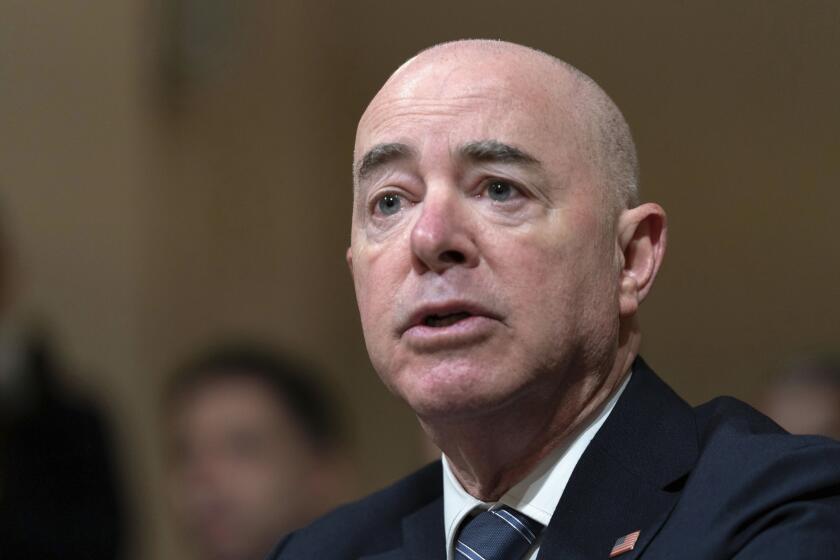Cuban Revolution tries to adapt to new economic reality
From a completely state-run economy to the gradual opening to foreign investment and a helping hand to the emerging private sector, changes in the island’s economic policy line the complex route taken by the Cuban Revolution, now entering its sixth decade.
The only communist country in Latin America has had to learn to dodge pitfalls, first political and now chiefly economic, while easing most of its original rigid regulations in order to stay solvent without “returning to capitalism.”
Determined to revive Cuba’s fragile economy, weakened by insufficient liquidity, the US embargo, lack of autonomy and internal corruption, Raul Castro promoted soon after taking power in 2009 a series of reforms aimed at “updating” the island’s centralized model.
His brother, the late Fidel Castro (1926-2016), nationalized foreign-owned industries and completely wiped out the country’s private sector in the first of the more than five decades he remained in power.
During those years, Cuba centralized its economy, adopted the system of the socialist state company and launched Soviet-style five-year plans.
Self-employment reappeared timidly in 1978 and made its definitive return following the 1991 breakup of the Soviet Union, which marked a before and after for Cuba given the island’s enormous dependence on subsidies from Moscow.
For the Cuban Revolution it signified an awakening to a new era, to which it had to either adapt or perish.
Amid the crisis, Cuba opened its economy to foreign investment and decriminalized the use of the dollar.
It also expanded its private sector categories.
The definitive momentum came during the 2008-2018 presidency of Raul Castro, who promoted reforms to ease the pressure on the Cuban treasury and drastically thinned the ranks of state employees.
The younger Castro also repealed in 2008 decades-old prohibitions such as those that blocked Cubans from staying in Cuban hotels, buying cell phones or computers, or having mobile phone lines in their name.
Cuba’s 4.47-million-strong workforce now includes 1.3 million people who work for themselves.
From offering haircuts in doorways and selling modest meals cooked at home, Cubans have progressed to running spas and beauty salons and managing fully-fledged restaurants.
Havana can also boast of cosmopolitan bars rivaling any in New York or Madrid.
“Self-employed workers are not enemies of the revolution, they’re the result of modernization and have solved problems that were a burden for the state. Their success must spring from their legality, and we count on them to grow the economy. We must eliminate prejudices, mistrust and insecurity,” President Miguel Diaz-Canel said last week in a speech to parliament.



